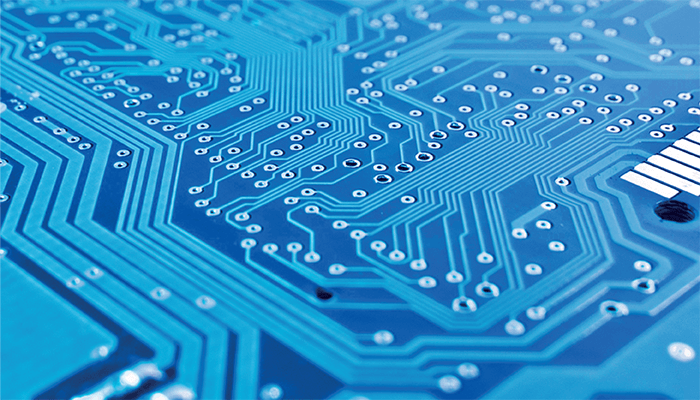
Getting energized. Despite being one of the most well known and well studied processes across the globe, a team at The University of Cambridge were surprised to find there may still be a lot we don’t yet know about photosynthesis. Researchers used in vivo ultrafast transient absorption spectroscopy to understand more about the early stages of photosynthesis and discovered new ways to extract energy from the process. “The fact that we didn't know this pathway existed is exciting, because we could be able to harness it to extract more energy for renewables,” said co-author Laura Wey in the press release.
Spectroscopy stars. Two spectroscopy awards were presented at Pittcon last week. First, the Pittsburgh Spectroscopy Award was given to Robert Tycko, Acting Chief, Laboratory of Chemical Physics, NIH, USA, who has spent the past three decades advancing the fundamentals of magnetic resonance spectroscopy. Second, Craig Prater, CTO at Photothermal Spectroscopy Corp, USA, was awarded the 2023 Williams-Wright Award for his involvement in the development and commercialization of many AFM technologies and instruments, which are in widespread use in academic and industrial research. Nominations can now be submitted for the 2024 award here.
BrAIn power. DeepGlioma is an AI-based diagnostic screening system that uses stimulated Raman histology to analyze tumor samples and improve brain cancer diagnosis. In a recent study with 150 active participants, DeepGlioma’s accuracy was over 90 percent. “Rapid methods for molecular classification hold great promise for rethinking clinical trial design and bringing new therapies to patients,” said Daniel Orringer, a senior author of the paper, in the press release.
Crab shell spectroscopy? Researchers from Ateneo de Manila University have turned crab shells into a bioplastic for diffraction gratings – optical components that could enable portable spectrometers. The scientists prepared the crab shells through a soft lithography replication process, using microscopy and diffraction experiments. The resulting lightweight bioplastics – called chitosan – are also biodegradable. “Conventional gratings are typically made of heavy materials such as glass,” said Raphael A. Guerrero, a team leader in this study, in a press release. “But gratings made of chitosan could be used to make lighter and less expensive spectrometers”.
Also in the News…
A surface-enhanced Raman spectroscopy-based nanostructure sensor can identify arsenic-containing molecules at low concentrations in water, food, and soil. Link
Researchers outline the first experimentally quantifiable approach to defining molecular assembly, which they believe could pave the way to using spectroscopic techniques to detect alien life. Link
A procedure using two types of spectroscopy could improve accuracy of deep brain stimulation treatment for Parkinson’s disease; Mireille Quémener, Université Laval, Canada, will show this research at Optica’s Biophotonics Congress on April 27. Link
Advances in monochromated STEM and monochromated EELS enable researchers to understand the correlation of lattice vibrational properties with local atomic configurations within different materials. Link
Image Credit: Pixaby
